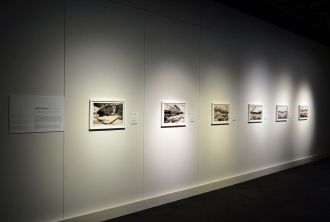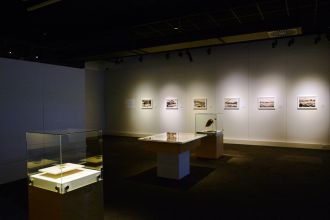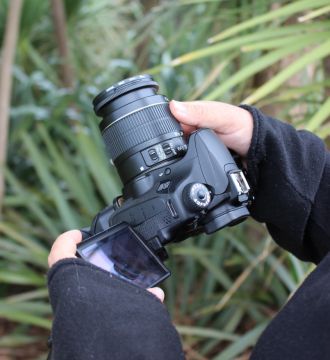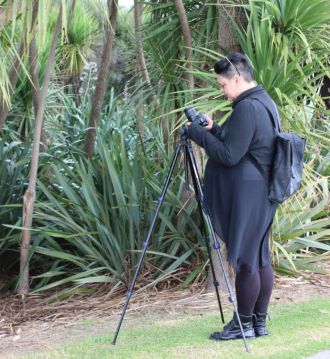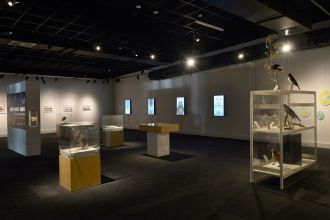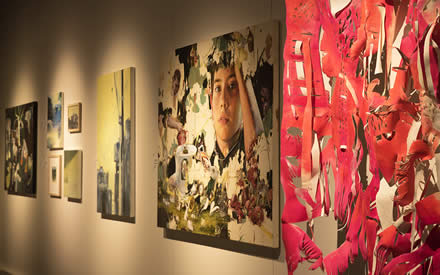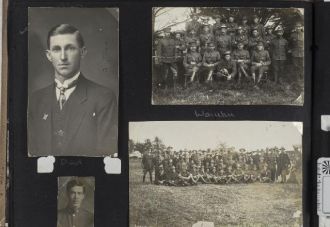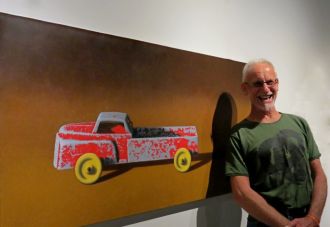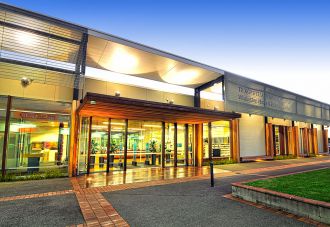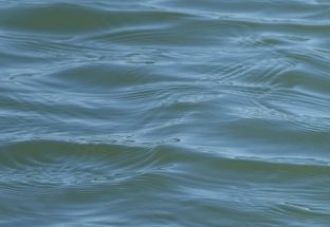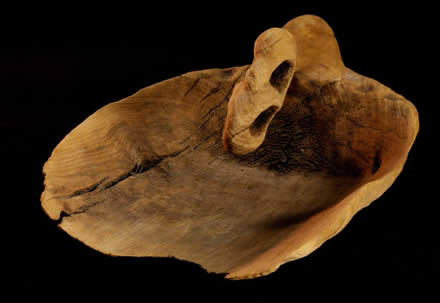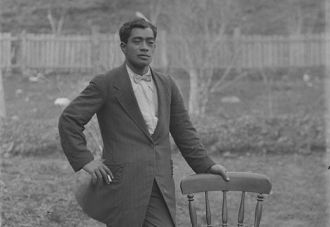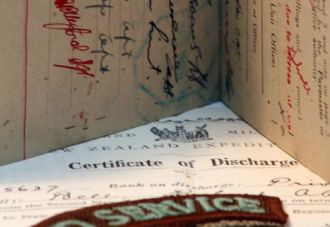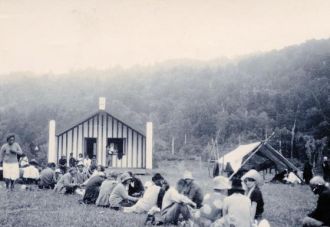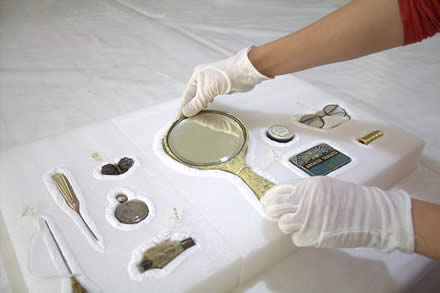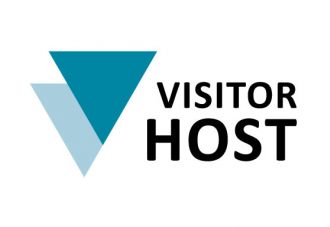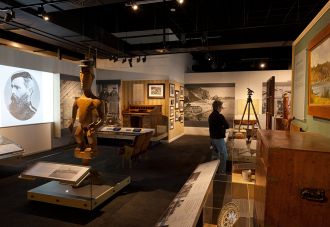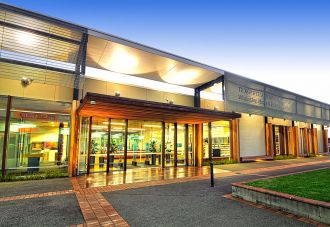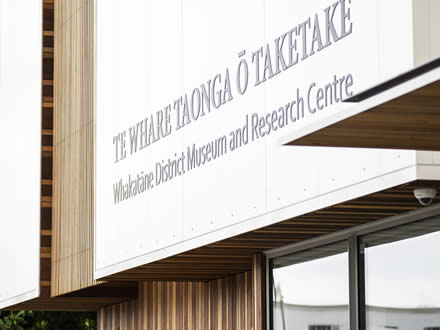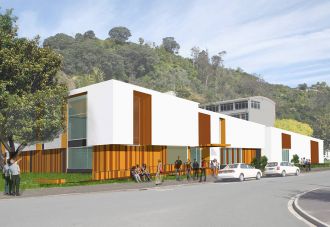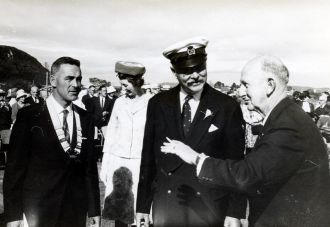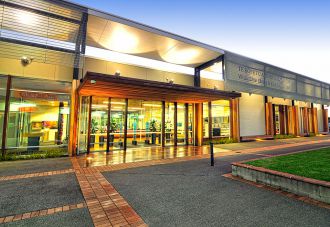Interview: Sarah Hudson (Ngāti Awa, Ngāi Tūhoe)
Exhibition: Inamata - Onamata - Anamata: our yesterday, our today, our tomorrow
Question 1. Where did you grow up and where do you live now?
I had a sunny upbringing in Whakatāne surrounded by my Hudson whanau. At the end of my time at Whakatāne High School, I left to go to university in Wellington and lived and worked there for ten years. Last year I moved back to my hometown to be with family and start a wee whanau of my own.
Question 2. How does your local environment and your recent move back to Whakatāne inspire your art practice?
Whakatāne is wonderfully inspiring, it is so much lighter than Wellington, which is a big deal when photography is my main medium. In Wellington my art practice was predominantly in-studio portraiture. This method is very controlled, I can set up the lights however I wish – it definitely isn’t weather-dependent! Since moving here my work has been influenced by the natural surroundings which is reflected in my latest projects, Parawhenuamea and Ariā.
Question 3. What type of creative processes do you use and what attracted you to work in this medium?
I guess there are a few central themes that reoccur throughout all of my work. That being the representation of women, mana wahine Māori, mātauranga Māori and popular media culture. At university I majored in Photomedia, so it has developed into my go-to medium; but I also use performance, sculpture and installation when it suits the kaupapa.
Question 4. Tell us about the concept behind your (current/up-coming) collaborative exhibition ‘Inamata, Onamata, Anamata’ being held in the Opus Gallery, Te Kōputu Library and Exhibition Centre, Whakatāne.
I am passionate about highlighting female Māori perspectives, after reading Dr. Aroha Yates-Smith thesis Hine E Hine earlier this year, I was inspired to create a series which honoured the under-recognised atua wāhine.
Parawhenuamea is considered to be the personification of floods, I wanted this series to illustrate the power and beauty of this deity. Using historical photographs from the Museum collection, digital editing techniques and motifs derived from tukutuku and whakairo.
The second series is titled Ariā, it is built on the concept on a physical manifestation of Atua. I wanted to take objects from the collection and connect them with their place of origin. Videos were taken at Tāneatua, Ruātoki, Kutarere and Ohiwa in the hopes to uncover ariā. The resulting videoworks reveal subtle, almost unnatural movements, encouraging the audience to search the image for their own evidence of ariā.
Question 5. You have used objects and photographs from the Whakatane Museum and Research Centre collections as inspiration for your new work; describe your starting point and what lead you to your chosen subjects and objects? Working with historical imagery has been a part of my practice since university, my Masters research was based on early postcards of Māori women. Having the opportunity to work with images of flooding from around the Whakatāne district was an excellent springboard to create a new series. Whilst looking through the collection at the Museum, I was surprised at the amount of photos that were of flooded rivers and properties. There seemed to be more images of natural disasters rather than pristine landscapes.
Ariā hopes to bring attention to the link between taonga, whenua and atua. I wanted to reconnect the items in the Museum collection with their place of origin and hint towards an ongoing intangible interconnectedness.
Question 6. In your first series of photographic artworks depicting historical floods in the district, you describe the desire to evoke the atua wahine, Parawhenuamea - the guardian of freshwater. Is the power and representation of the wahine an on-going exploration in your work? and how else have you represented this theme?
I think female narratives are typically under-represented, so I try to showcase wāhine at every opportunity. It is really important for my work to deliver a fresh, contemporary perspective – even when working with historical imagery and customary concepts.
Question 7. What would be the highlight of your artistic career so far?
Early last year I was invited to the 7th International Indigenous Arts Gathering where I spent two weeks in Northland making art with native creators from around the world.
Question 8. Who are some of your favourite NZ artists and why?
I love the multi-media installation work of Dr Maureen Lander, the video work of Claire Harris and the photomedia work of Rachael Rakena.
Question 9. What’s next for Sarah Hudson?
Ariā is the first video work that I’ve exhibited in a gallery setting and it’s something I’d like to explore further. I’ve got so much to learn about moving image, so I’m looking forward to creating new dynamic works.
Sarah Hudson and Aimee Ratana's exhibition runs until August 30, in the Opus Gallery, Te Kōputu a te whanga a Toi - Whakatāne Library and Exhibition Centre
